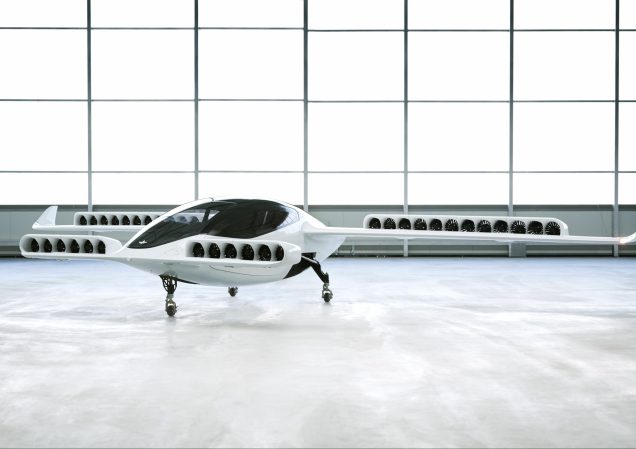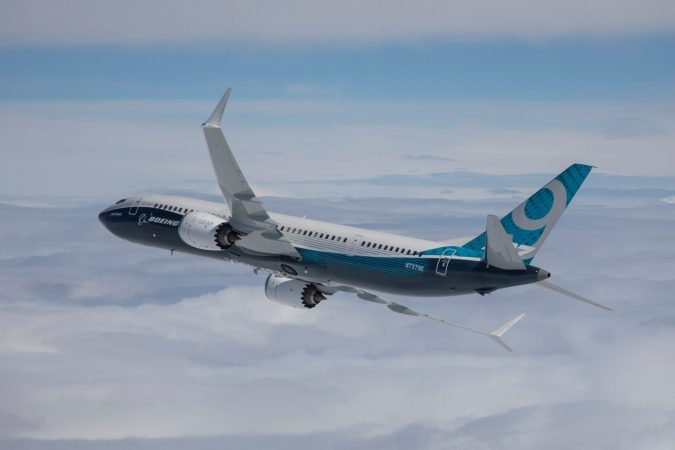

Any flying machine, whether it’s a big commercial jet or a small Cessna, needs the ability to sense what the craft is doing in the real world. On a typical plane, onboard sensors measure variables like the plane’s speed, altitude, and how much it might be banking left or right, and instrument panels in the cockpit relay that essential information to the pilots.
Air taxis, however, are different from typical planes. These little electric vehicles take off and land vertically, and transport people over short distances. While their flying styles are different, the vehicles still need to collect data about what they’re doing, too, in order to safely operate.
Bosch has previously made sensors for cars and motorcycles, but now it’s throwing itself into the air-taxi arena with a sensor array that plugs into the crafts. Called the universal control unit, the package will be able to measure actions like acceleration, compass direction, and altitude. Part of the reason that the company says that it thinks that it can produce parts for this field is because of the high cost of traditional aviation sensors, and their experience making units that go into ground vehicles. In short: with multiple companies working on flying-machine projects meant to whisk people around, some of them may be interested in putting affordable sensors in them.
In fact, a Bosch spokesperson says via email that they’re in touch with “numerous” air taxi makers and that they’ve “already test[ed] our sensor-box with them in the air.”
Of course, the companies that make the flying machines will decide for themselves what type of sensors and other technology to use on board. For example, earlier this month, a five-seater electric plane took off for the first time. Made by a German company called Lilium, it can hover and cruise thanks to 36 engines—jet-like motors called ducted fans—that attach to its two wings and swivel to point down or back. The craft is exciting because it should theoretically be able to travel 186 miles, a long distance for this category of vehicle. “We’re not providing any detail on whose technology we’re using at the moment,” a spokesperson for the company said via email.
Measuring air speed, altitude, and the craft’s orientation in space is both crucial and complex. In the clouds or at night, for instance, if pilots cannot see the real horizon, they’ll need to rely on an instrument called an artificial horizon that’s located in a part of the cockpit called the primary flight display. Instruments like these must be completely reliable for the plane to stay safe. And redundancy is an important principle in aviation—a plane should have multiple ways of knowing what it’s doing.
The Bosch spokesperson says that the sensor system it’s working on takes that principle of redundancy in aviation into account, especially with something as important to get right at a craft’s altitude. “All sensors are dissimilar and redundant, and each sensors has some safety features which detect failures,” they wrote, via email.
Airplanes and flying taxis aren’t the only machines that use sensors to figure out what they’re doing—inertial measurement units are common in gadgets that move around, and consist of accelerometers and gyroscopes. An Apple Watch, for example, uses an accelerometer and gyroscope to detect your wrist’s motion and rotation, and the Onewheel Pint electric skateboard uses the same to know what the board is doing, so the motor powering its wheel can respond appropriately and keep you balanced.
But in terrestrial devices like these, a failed sensor is an inconvenience. In aviation, it can spell disaster. In other words, these systems must work perfectly if we want a future where we’re whisked around by electric helicopter-like machines—sometimes ones that even run autonomously—in a safe, reliable way.













